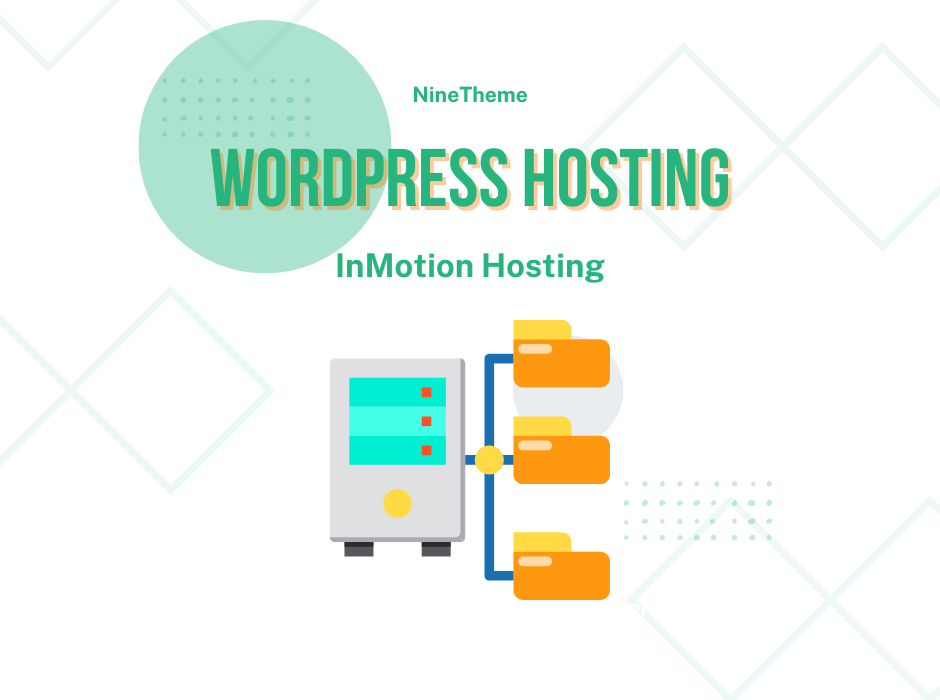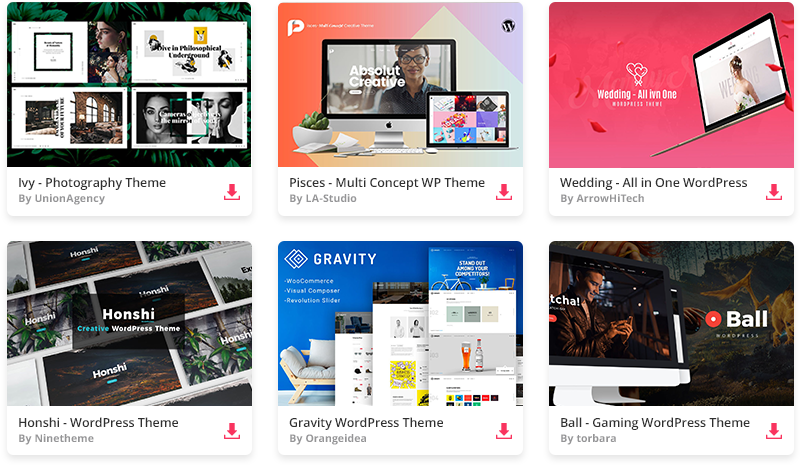The future of marketing is shaped by new and unexpected digital trends each year.
No matter how turbulent a year is, it never disappoints from the perspective of creativity in the digital marketing sphere, and 2022 has been no different. In the same vein, 2023 promises to bring some of the most groundbreaking digital marketing trends in history.
This year, TikTok continued its rise as the most popular social media platform among Gen Z users, surpassing all other platforms. Despite a “bearish” trend in the crypto market, NFTs and cryptocurrencies have never been more mainstream, sparking discussions about the future of finance.
Ultimately, the digital world is filled with new and exciting developments that will shape how we communicate with our audiences. Here are the crucial digital marketing trends to be aware of in 2023 that will help you digest and navigate the year ahead.
1.TikTok-Style Video
With TikTok, short videos have replaced status updates and curated photo grids on social media. The Reels feature was introduced to Instagram shortly after, and YouTube adopted its Shorts format.
Short videos emphasize the importance of concise messages and engaging content in today’s fast-paced world. What’s great about these videos is that everyone can participate. You no longer need expensive equipment; just a smartphone will do.
Also, these short, engaging videos are candid, behind-the-scenes, DIY, and genuine —precisely the kind of content younger consumers want.
TikTok has is also an ideal platform for marketers to leverage for their brand. With TikTok marketing, businesses can showcase their personality, values, and products or services through creative videos that resonate with their target audience. As TikTok continues to grow in popularity, it’s essential for marketers to explore this platform and consider integrating it into their social media strategy.
2. Storytelling
Brand marketing always revolves around storytelling. The modern consumer, however, is sick and tired of hearing how you believe your products or services are better than the competition. Their concern is that you have lived up to their expectations and fulfilled your promises.
However, this doesn’t mean you should stand back and let the reviews speak for themselves. Your marketing should instead be focused on storytelling.
Don’t just tell the consumer what your product is good for or why it is better than the competitors’. Instead, demonstrate how your products or services can solve specific problems through customer stories and testimonials.
Even if it doesn’t lead to direct sales, this is an excellent way to position your brand top-of-mind. You will then be their first option when they face the specific issue your product or service is designed to address.
3. Cutting Through the Noise
As a result of the constant barrage of content in their feeds for the past several years, social media users have grown fatigued, anxious, and even depressed. It has even led to some people deactivating their accounts, and one can hardly blame them. In today’s social media landscape, there are too many ads, campaigns, and news to keep up with each day.
Be aware of how many sales-y posts people come across every minute and why yours might stand out. You’ll be more likely to reach those most interested in your message if you focus on engaging with your existing audience and building your database organically.
You don’t want to be one of the accounts that get unfollowed as the digital landscape changes, making consumers more selective about the media they receive and consume.
4. Trust-Building, Transparency, and Privacy
Advertising online is a mess, and consumers are becoming increasingly suspicious of what they’re being targeted with. For this reason, digital marketers need to prepare for changes to privacy regulations that will affect tracking their users’ behavior in 2023. As a result, many advertisers and marketers will need to reconsider their approaches.
That said, data-driven marketing and content will not disappear. Targeted advertising will continue even when Google goes through with its plan of phasing out third-party cookies in the second half of 2024. However, this change will usher in a new era of trust and transparency between companies and consumers.
Get used to letting your customers know what data you are collecting and why. Make opting out easy and accessible. Keep your data collection to a minimum. Consumers are more concerned than ever with “keeping it real,” so embracing this new aspect of digital marketing will likely bring great results for your business.
5. Segmentation
Segmentation is nothing new, and most businesses use it for various purposes, such as targeting customers based on their shared interests or similar demographics. Newsletters, updates, promotions, and offers are all common forms of communication that can be segmented.
Brands should consider tagging their email content in a more structured and considerate manner allowing users to opt out of certain types of messages rather than unsubscribing from the mailing list entirely.
Think about it — in a digital world that is becoming increasingly personalized, it’s not a good idea to spam people who don’t celebrate Christmas with festive marketing every December.
6. Personalization
In 2023, personalization will play an increasingly important role. A targeted advertising campaign will generate more fruitful results than a broad-based approach that aims to attract as many people as possible.
However, the content isn’t the only thing you need to get right. The timing and location of your advertisements are crucial to engaging your audience in an oversaturated market.
By understanding the dominant platforms and how your audience uses them, you can create customized messaging for each demographic. This would make your ad spend go further and lead to higher customer loyalty as you ensure the right audience receives your message.
Your marketing efforts should be tailored to each social media platform and take location and cultural associations into account, even if you are marketing the same product.
You will be able to attract different audiences at different touchpoints by delivering different content at different times and in different ways. Making your audience feel seen and understood is worth the time and effort.
7. Crypto and NFTs
Whether or not you invest in crypto yourself, you must recognize the rise of online currencies and NFTs over the last few years. This might not seem like a trend that’ll affect your marketing strategy, but in 2023, that kind of passive thinking will leave you in the dust.
Social platforms like Twitter are integrating cryptocurrency payments, and in-app virtual currency purchases are on the rise, so this is a good time for brands to start thinking about these tools. Mark Zuckerberg has seemingly gone all in with Meta promoting virtual avatars and NFT display options, and we expect more and more companies to follow suit.
In the case of NFTs and cryptocurrency, the focus is on selling the brand’s ethos and qualities rather than its products and services.
8. Conclusion
There you have it — a handy and concise guide to the key digital marketing trends we expect to take off in 2023. You can’t ignore them, nor should you want to. Keeping up with these trends will ensure that you remain competitive, grow your business, and build customer loyalty.
From NFTs to data privacy, technology will take the lead in 2023 and beyond. There will be many advancements in tech, marketing tools, and forward-thinking strategies in the next year, so if you’re making any new year’s resolutions, they should focus on agility, flexibility, and openness to change.


If you have any questions about this article or other topics, please click the button below. Your questions will be answered soon.


If you want an affordable, reliable and fast WordPress server, just go ahead and click on the button and get a package as needed.
Related Posts
How to Fix WordPress RSS Feed Errors
Jan 16, 2023
Envato elements
Blog Categories
- Agriculture 1
- Design 3
- eCommerce 13
- Energy 1
- Extras 75
- Free 4
- Grocery Store 3
- Software 1
- Technology 2
- Themes 77
- WordPress 145
- Plugins 58
- Cache 5
- Security 8
- SEO 10
- Spam 5
- User Managament 10
- WooCommerce 6
- Plugins 58
- WordPress Speed 1
- WordPress Tutorials 53






